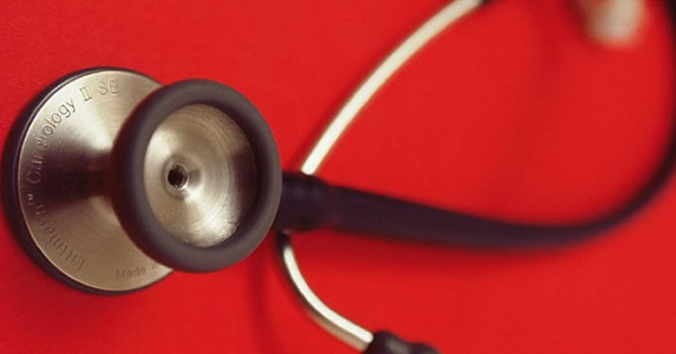Imagine that you are asked to participate in a biomedical research project and to provide biological samples and health data to the project. Imagine also that this research project is meant to be long-term and that you will be invited, occasionally, to provide more data and samples. If you decide to participate, you will be asked to sign an informed consent, which is a sort of social contract between you and the research study. Through this document, you consent to the use of your data and samples in scientific research, and your rights as a participant are defined. In this situation, which kind of informed consent would make you feel at ease? What would be the most appropriate consent, balancing the researchers’ need to maximize the use of data and samples against the respect for your values and rights to make autonomous decisions? Would it be an acceptable option to sign the consent form and never be contacted again? Or would you expect researchers to communicate with you and keep you updated on what is happening with the data and samples you provided? If so, you might want to feel engaged and reasonably aware of what is happening in the research, but not overwhelmed by continuous communication with the project. But how much would the “right amount” of communication be? And which ways of communicating with you would you find the easiest and most appropriate?
Ethicists, philosophers, and law experts have debated the most suitable informed consent model for biobanking research. Among the different types of consent, such as specific, broad, and meta-consent, dynamic consent has been proposed as an apt solution in the context of biomedical research, especially in long-term research endeavors such as biobanking and longitudinal studies, where research participation is foreseen to be long-lasting and require repeated participant engagement over the years.
What characteristics of dynamic consent make it particularly relevant in such a context? Participants are regularly informed about the research being conducted with their data and samples and can change their choices on participation over time. Information technology plays a central role in dynamic consent: through an online interface, participants can access and review their informed consent and obtain information about the research in which they participate. In dynamic consent, communication between researchers and participants is thus an integral part of the informed consent process. Communication ensures that participants can make autonomous decisions about their participation throughout the time they are involved in the research. Dynamic consent thus acknowledges that participants’ values and life circumstances may change over the years and that their decision on research participation may differ at a later point in life, or depending on the further development of the research. Dynamic consent makes it possible to combine broad research aims with specificity of information in long-term projects, and ongoing communication is key to this.
What might dynamic consent look like in practice? An example of a study that uses dynamic consent is Cooperative Health Research in South Tyrol (CHRIS), a longitudinally designed study conducted in Italy. Our ELSI research team is led by Deborah Mascalzoni and is located at Eurac Research. In an article, we describe crucial aspects of dynamic consent as developed in the CHRIS study. We discuss the ten years of experience of dynamic consent in the study and what we have learned so far through observations and empirical evidence. I would like to point out two elements that that we found particularly important and what the participants in our studies thought about them. One concerns the possibility of changing choices over time and the other is about the communication.
First, CHRIS participants can change their choices about the level of participation and the amount of information they want. For example, they can change their choice regarding the return of research results, decide whether they wish to be re-contacted for research and communication purposes, or want their data and samples to be shared with other research institutions. Although the overall rate of change was low, CHRIS participants appreciated being able to change choices and having detailed options, because these options were important for them and made them feel comfortable.
Second, CHRIS communication uses multiple tools and media, adapting to the socio-cultural context and aiming for accessibility. For example, the study uses both traditional and online strategies, it engages the local press, and it uses both German and Italian. The introduction of a film about the study during the consent process shortened the enrollment time because the film was perceived to provide answers to the questions participants had previously asked CHRIS study assistants. CHRIS participants appreciated the multimedia strategy, which enhanced their understanding of the study, and they valued the communication from the study.
Our studies of CHRIS participants’ experience with dynamic consent thus gave us relevant insights into the issues discussed in this blog post. If you want to read more, you can find the above-mentioned article here: Ten years of dynamic consent in the CHRIS study: informed consent as a dynamic process. A general lesson from our work is that researchers can learn from the experiences of research participants to refine the informed consent process and adapt it to the needs of participants and researchers while meeting ethical and legal requirements.

Written by…
Roberta Biasiotto is a research fellow at the Department of Biomedical, Metabolic and Neural Sciences of the University of Modena and Reggio Emilia and a researcher at the Institute for Biomedicine at Eurac Research, Italy.
Mascalzoni D, Melotti R, Pattaro C, Pramstaller PP, Gögele M, De Grandi A, Biasiotto R. Ten years of dynamic consent in the CHRIS study: informed consent as a dynamic process. Eur J Hum Genet (2022). https://doi.org/10.1038/s41431-022-01160-4
Approaching future issues








Recent Comments